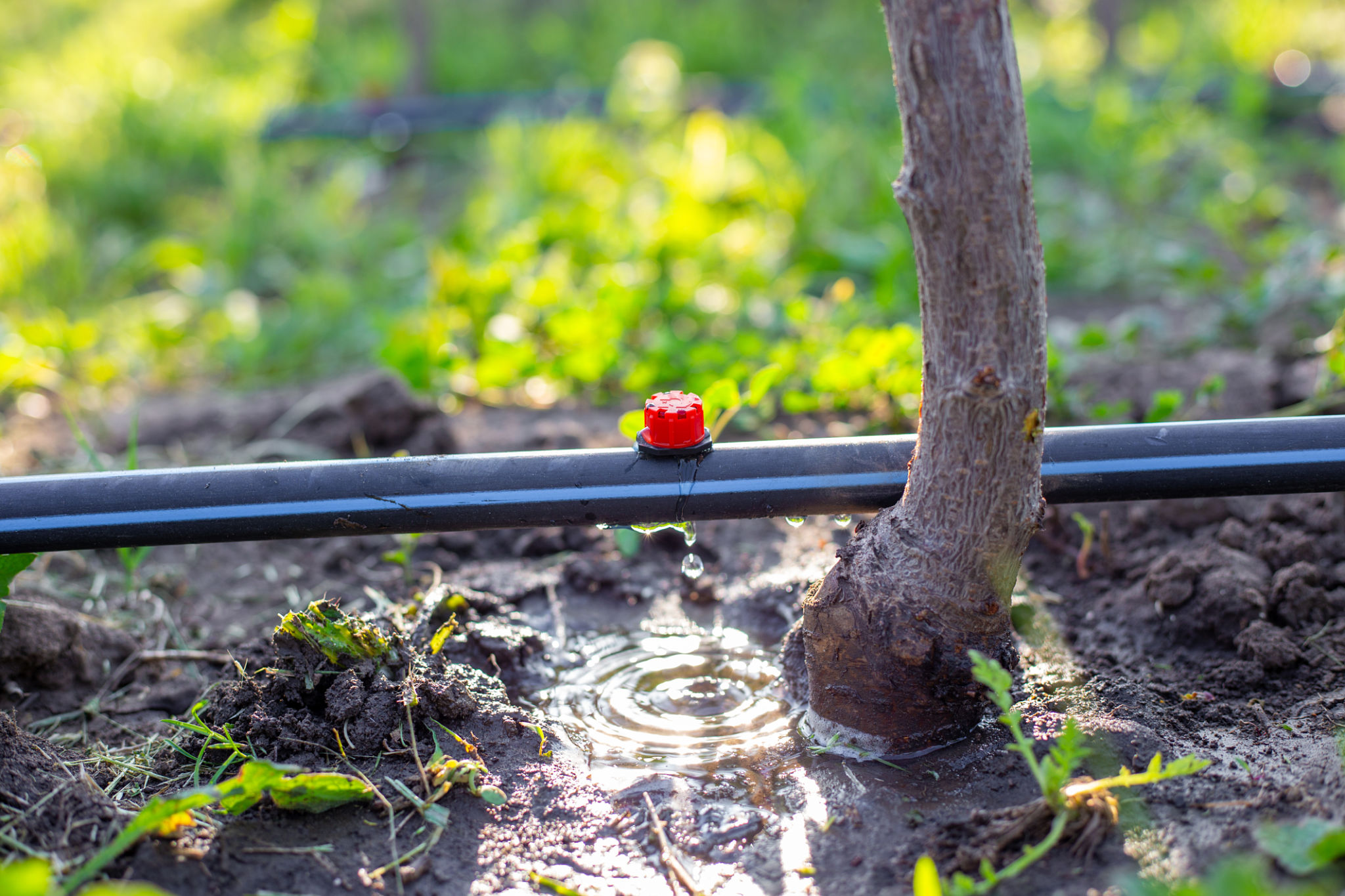How to Prepare Your Garden for Spring in South Australia
Assess Your Garden's Current State
As the warmth of spring approaches, it's crucial to evaluate your garden's current condition. Start by observing which plants have survived the winter and which areas may need more attention. Identifying problem spots early can help you plan for a vibrant and healthy garden.
Take note of any debris or dead foliage that has accumulated over the colder months. Clearing these away will not only improve the appearance of your garden but also prevent the spread of diseases. Begin by raking leaves, removing dead plants, and tidying up garden beds.

Soil Preparation and Composting
Healthy soil is the foundation of a thriving garden. In South Australia, where conditions can vary, it's essential to enrich your soil before planting. Start by testing your soil's pH level to determine its acidity or alkalinity. This information will guide you in deciding what amendments are necessary.
Consider adding organic matter like compost or well-rotted manure to the soil. Composting not only enhances soil fertility but also improves its structure, encouraging better water retention and root penetration. Compost can be made at home using kitchen scraps and garden waste, providing a sustainable way to nourish your garden.

Plan Your Spring Planting
The excitement of spring planting begins with a plan. Consider the climate and conditions specific to South Australia. Select plants that are well-suited to your area's environment, focusing on native species or those that thrive in similar climates.
Create a planting calendar to schedule when each type of plant should be sowed or transplanted. Pay attention to the needs of each species, such as sunlight, water, and space requirements. Planning ahead ensures a diverse and bountiful garden.

Irrigation and Water Management
With South Australia's dry climate, efficient water management is vital for a successful garden. Review your current irrigation system or consider installing one if you haven't already. Drip irrigation systems are particularly effective, delivering water directly to the plant roots with minimal waste.
Mulching is another excellent strategy for conserving moisture. Apply a layer of organic mulch around plants to retain soil moisture, suppress weeds, and regulate soil temperature. This practice not only benefits your plants but also reduces overall water usage.

Protect Against Pests and Diseases
Spring can bring an influx of pests eager to feast on fresh growth. Implementing integrated pest management strategies can help control these invaders while minimizing environmental impact. Use barriers like nets or row covers to protect vulnerable plants without resorting to chemicals.
Regularly inspect your plants for signs of disease or infestation. Early detection allows for swift action, preventing potential outbreaks that could harm your garden. Consider introducing beneficial insects like ladybugs or lacewings, which naturally control pest populations.
Conclusion: Enjoying Your Spring Garden
By diligently preparing your garden for spring, you set the stage for a season full of color and life. From assessing your garden's current state to planning your planting schedule, each step contributes to a vibrant and flourishing landscape.
Remember that gardening is an ongoing process that requires patience and attention. As you nurture your plants through the spring season, take time to relish in the beauty and satisfaction that comes with a well-tended garden in South Australia.

